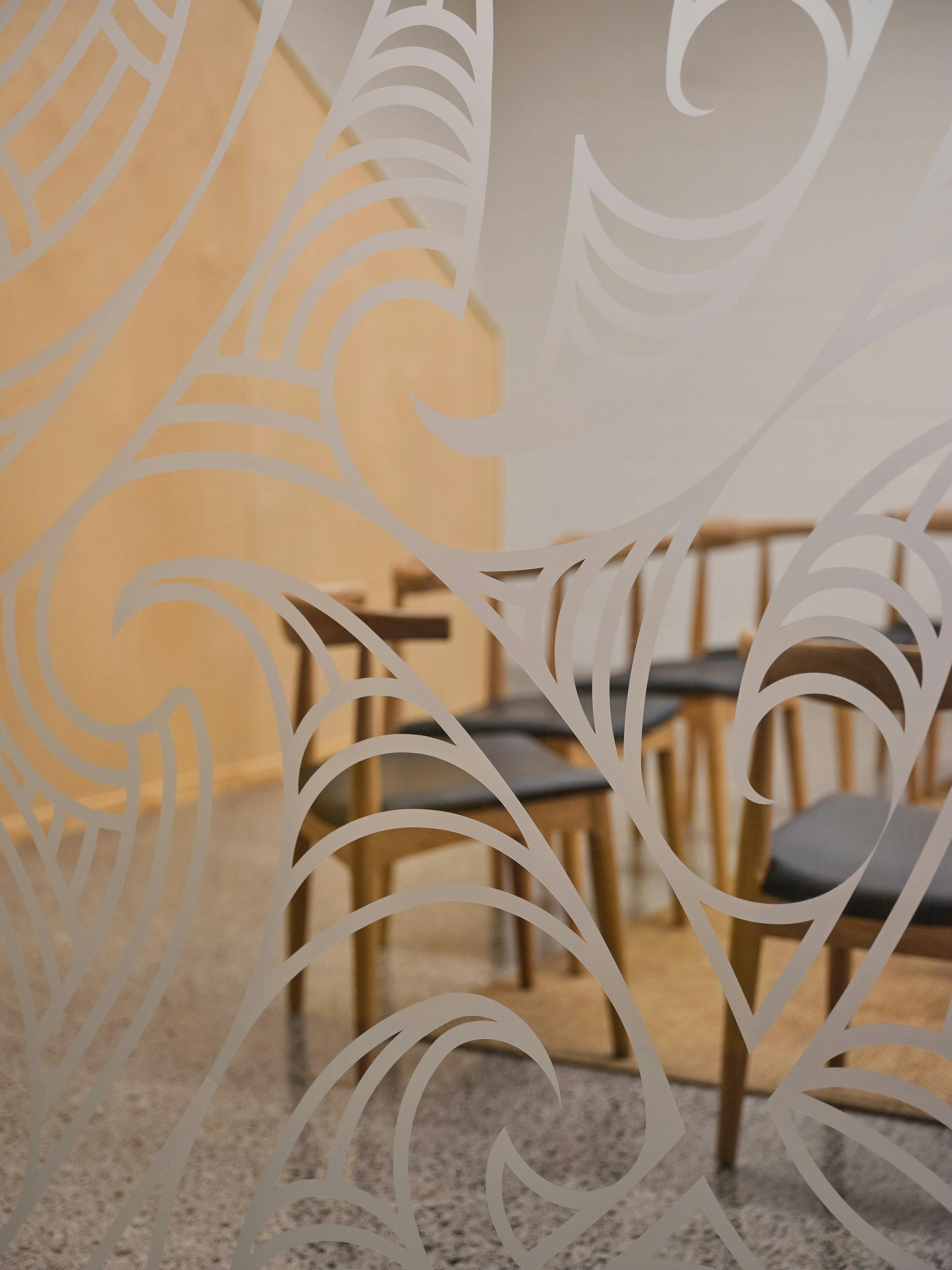
Intensive and Continuing Care Groups
Get in touchModel of Practice
We use the Internal Family Systems structure developed by Dr Richard (Dick) Schwartz. This model views the personality as consisting of different parts, whereby these parts function to look after the person.
See the link https://youtu.be/f80xs3MN9mY?si=dACWI6X. This is an interview with a demonstration by Dr Schwartz.
The framework or map of the Internal System
Parts that are Managers; help people function on a day-to-day basis, are future orientated and proactive, geared to prevent pain, and work to minimise emotion.
- Common activities: controlling, planning, judging, self-criticising, pessimism, shaming, perfectionism, achieving, minimising. Help promote functioning, stability and growth.
- Culturally/socially acceptable.
Parts that are Firefighters. present oriented, reactive, helps relax and soothe, can be extreme when exiles have been activated.
- Common activities: alcohol/drugs, eating disorder, self-harm, suicidal thinking, dissociation, violence, fatigue, exercise, shopping, sleeping, social media.
- Often socially unacceptable.
Parts that are Exiles; Vulnerable, sensitive, trusting, open-hearted, often young, absorbent. Hold memories, carrying the burdens and beliefs from wounds.
- Isolated from the system, maybe out of awareness, stuck in the past and hidden in the body.
- Often repressed or ignored. Can be recovered to their natural state.
The SELF; not a part and not a passive observer, not “ego”. An undamaged clear, calm essence Born with it, inherent, always there, doesn’t need to be “developed”; cannot be damaged by experience, Degrees of self-energy, fluid over time, on a spectrum, Degrees of self-energy, fluid over time, on a spectrum.
Basic Assumptions of the IFS model:
- Views the internal world as a system. It’s the nature of the mind to be subdivided into roles or parts.
- Everyone has Self, which can lead the system. SELF can be your higher power, Atua, no-self (Buddhist), True self, Christ consciousness, etc.
- It’s not a part more, what is there when parts are unblended or create space. Assumes wholeness and positive intentions of all parts.
- Focus on accessing and working with the client’s Self, views internal relationships as the source of healing. Experiential rather than “talking about”. The therapist's role is as a facilitator and guide. Evidence-based model based on systems theory and non-judgmental internal inquiry.